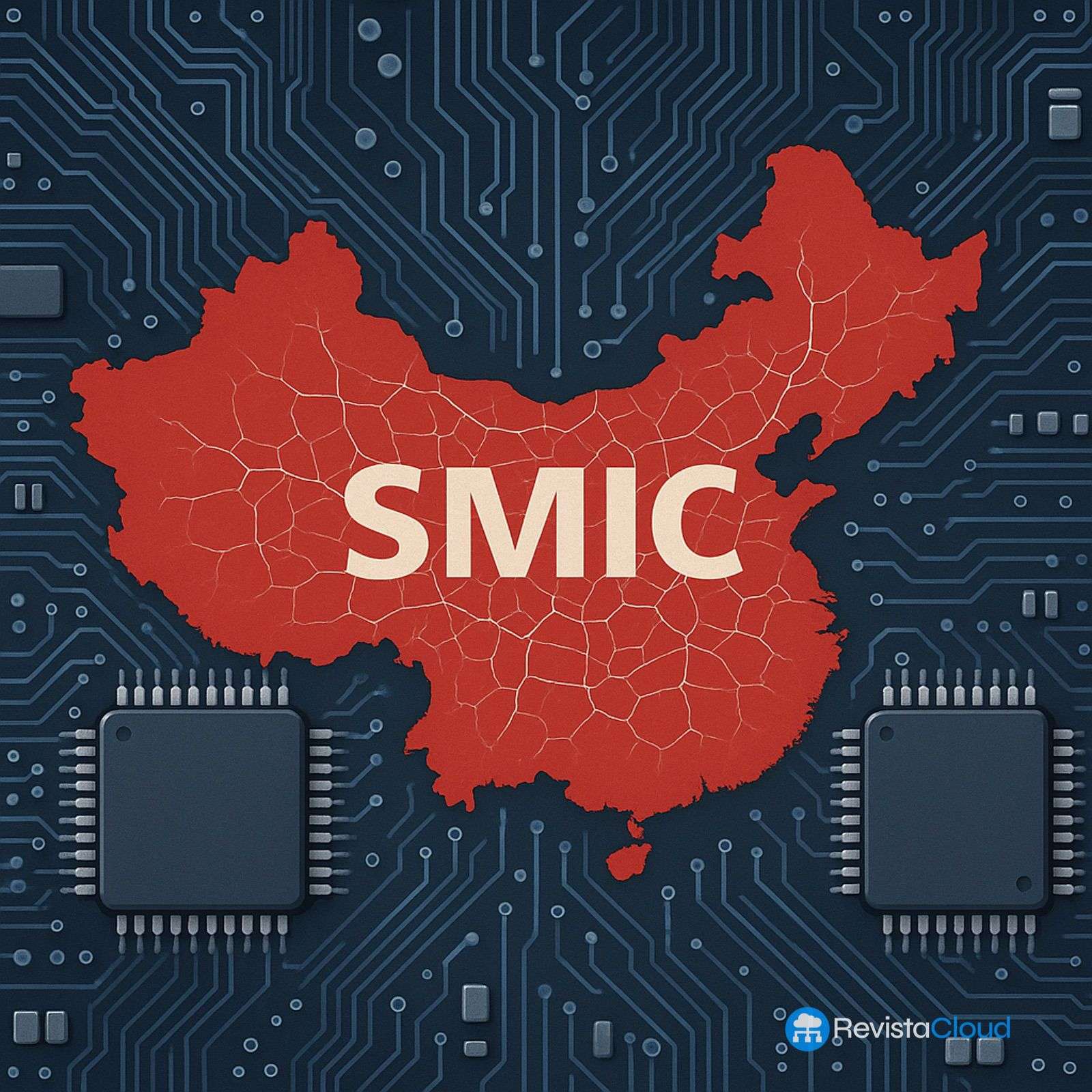The technological war between the United States and China has taken a new turn. According to Financial Times, the Cyber Administration of China (CAC), the country’s top internet regulator, has ordered giants like ByteDance, Alibaba, and Tencent to cancel their orders of Nvidia GPUs and to stop testing the new models specifically designed for the Chinese market, such as the RTX Pro 6000D.
This measure comes just a few weeks after Beijing also banned the purchase of H20 chips, another “cut-down” Nvidia model approved for China after US sanctions.
Beijing’s Strategic Shift
Behind this decision, Chinese authorities claim that locally developed artificial intelligence processors by companies like Huawei and Cambricon now match the performance of Nvidia’s limited versions intended for their market.
The message, according to an executive quoted by Financial Times, is unambiguous:
“The signal is now clear. There was hope that Nvidia would resume supplies if relations with the US improved. Now, it’s all about building the domestic system.”
This move is interpreted as an additional step in Beijing’s strategy to reduce dependency on US technology and bolster its national semiconductor industry.
Nvidia Caught in the Geopolitical Tension
Nvidia, which had managed to maintain part of its business in China with chips tailored to US export restrictions, is once again impacted by Beijing’s decisions.
When approached by the media, the company referred to statements made by its CEO, Jensen Huang, who, from London, lamented the situation:
“We can only serve a market if the country desires us to. I am disappointed, but I understand they have a larger agenda between China and the US. We are patient and will continue to be understanding of the Chinese government and its companies.”
Huang also indicated that he expects to discuss the China business issue during President Trump’s upcoming state visit to the UK.
The Future of the Chinese AI Market
The ban on Nvidia chips doesn’t mean a decline in AI processor demand; quite the opposite. Chinese companies will now be forced to heavily rely on local manufacturers, which is already leading to an increase in domestic semiconductor production.
Although Nvidia still holds an advantage with its software ecosystem (CUDA and its development stack), companies like Tencent are working on building their own infrastructures to replace that reliance.
Advancing China’s Technological Independence
This decision is part of Beijing’s strategy to , from artificial intelligence to telecommunications and cloud computing. With Washington’s pressure restricting China’s access to cutting-edge chips, the government is accelerating its self-sufficiency plan, sending a clear message to its tech giants: “All with local chips.”
Frequently Asked Questions
Which Nvidia chips have been banned in China?
The H20 models and the new RTX Pro 6000D, designed to comply with US restrictions, can no longer be purchased or tested by major Chinese tech companies.
Why did China make this decision now?
The government claims that local chips from Huawei and Cambricon now match the performance of Nvidia’s authorized models for China, aiming to boost its national semiconductor industry.
What impact does this have on Nvidia?
China is one of the world’s largest markets for AI chips. The ban limits Nvidia’s access and risks billions in future revenue.
What alternatives do Chinese companies have?
They will turn to self-developed processors, increase local production, and create a software ecosystem to reduce dependence on Nvidia and other US tech companies.
via: FT and tomshardware

